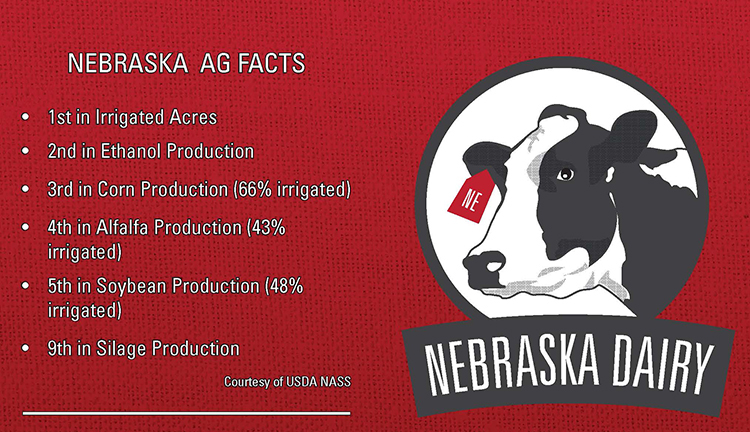
What does it take to establish a dairy farm? That’s the question that more and more state departments of agriculture have begun asking themselves.
Despite the financial state of the industry in recent years, governments realize that dairies remain economic engines for their communities. The presence of a dairy farm contributes to the viability of its owners, employees, local suppliers, distributors, consultants, processors, marketers, and more, not to mention the social contributions many farmers make in their communities. Consequently, dairies have started to find themselves akin to high school football prospects — recruited.
At World Dairy Expo this year, for example, attendees could stop by the Kansas Department of Agriculture’s booth and hear why the state would make the ideal location for a dairy. The Grow Nebraska Dairy campaign is a similar example, pioneered by the state department of agriculture, state dairy association, university extension, and a group called the Alliance for the Future of Agriculture in Nebraska. Both places see dairy as a valuable part of their economies and communities, and they are willing to work to step up that impact. This is promising news for the industry.
For many farmers, it is likely unrealistic to pack up an entire operation and move it to another state. For new or expanding farms, however, location can be a vital consideration in deciding what your dairy will need and benefit from.
Attractive factors
Location of a farm comes down to identifying cost and ease of production. When states put their recruiting pitch in front of producers, they often focus on factors such as land price and availability, access to feed, climate, and business and environmental regulations.
What is most important to each farmer will vary based on their needs and goals for an operation. If producing your own forage is key, it’ll be necessary to be comfortable with land and water availability as well as any environmental concerns in that area. If those become unfeasible or cropping is not part of your plan, you’ll have to look into feed prices, hauling costs, and accessibility. On the business side of things, it’s valuable to understand how the company can be structured and how it will be regulated. What opportunities are there for economic growth? Labor availability should also be considered.
In some places, such as South Dakota, states are seeking out dairies in order to meet the needs of new processing plants sprouting up in the area. In recent years, sprawling facilities have been built in Arizona, New Mexico, Idaho, and Michigan, to name a few. New dairies must consider how their milk will be marketed in a different environment. Easy access to a buyer is certainly a valuable draw in attracting new farms to the area.
In the end, many physical and social factors are important in deciding the location of a dairy farm. Responding to a recruiting pitch will depend on the needs and values of the dairy farm owners.








